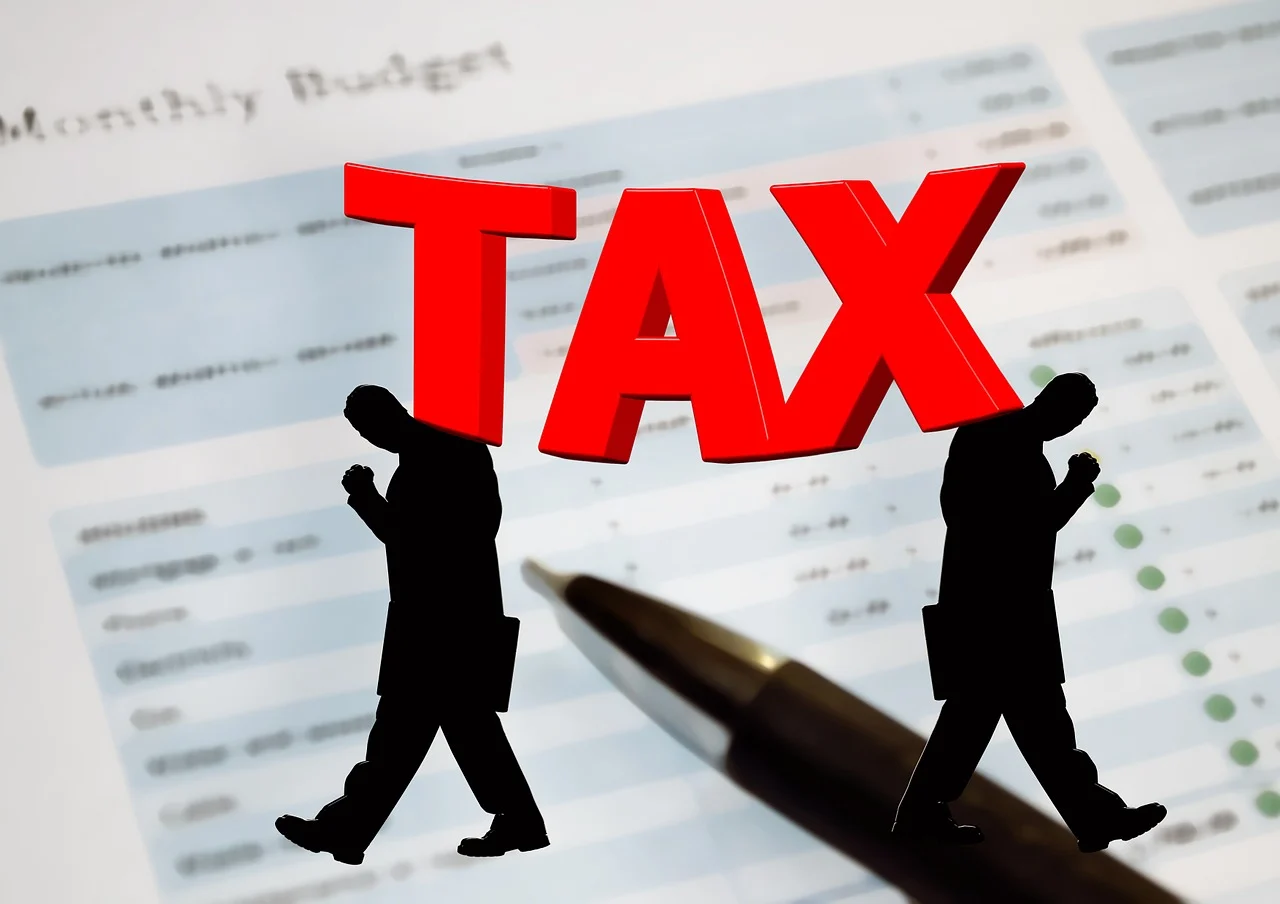The research & development tax credit is a valuable tool that allows companies to offset their federal income and payroll taxes. It is designed to encourage companies to increase their R&D spending.
Although “research & development” conjures images of white lab coats and ground-breaking discoveries, the credit covers many business activities. Many businesses miss out on this benefit because of common misconceptions.
Increased Productivity
Growing a business requires developing new products, technologies, and systems. This growth is vital for companies and the economy as a whole, but it can be expensive to foster this innovation. The research and development tax credit encourages businesses to continue their efforts by reducing the costs associated with research and development.
Spillover benefits are also a major argument for R&D tax credits, as they help the state benefit from investments that would otherwise occur without the tax incentive. While it is difficult to measure the extent of this effect, proponents argue that a one-to-one ratio of reduced tax revenue to additional investment is a reasonable threshold to assess effectiveness and determine whether or not an incentive is warranted.
However, critics have argued that this ratio needs to be revised as direct subsidies can crowd out private investment and create windfalls for researchers higher than the market’s incentive. This can result in a situation where each subsidy dollar does not produce the desired results and may even have negative total net benefits for society.
Reduced Taxes
R&D tax credits lower a company’s taxable income dollar-for-dollar and can offset a significant portion of a firm’s tax liability. This means a company can keep more profits to reinvest in growth and operations or reward employees. The credit is available for companies of all sizes and types, and no minimum revenues or expenditures are required. Expenses qualify for the credit if they are related to an attempt to discover technological information that relies on hard science (like engineering, biology, chemistry, or computer science). They also must seek to eliminate uncertainty through scientific experimentation and testing alternatives.
Eligible expenses include wages for research and development workers, supplies used in experimentation, prototypes, lab tests, and outside services such as contract engineers and consultants. Other eligible costs include acquiring, constructing, or modifying software, tools, machinery, and other physical assets.
While the credit was originally designed to incentivize companies to invest more money into R&D, a recent change to the tax code needs to be revised. Starting in 2022, the TCJA requires R&D expenses to be amortized over 15 years instead of immediately expensed. Canceling this amortization would help spur more R&D investment and ensure that the U.S. remains a global leader in innovation.
Increased Cash Flow
Although the R&D tax credit does provide a significant financial boost to qualifying businesses, it does require some upfront investment of time and resources. However, if done correctly, it can free up cash that can be used for growth and expansion. The government’s primary reason for implementing the research & development tax credits is to encourage companies to invest in innovation and technological advancement. Because research is risky and expensive, only some businesses are in a position to stretch profit margins to fund such efforts. This is especially true of smaller businesses.
The federal R&D tax credit has historically provided billions in tax savings for businesses. However, it’s estimated that billions more go unclaimed. This is largely because many businesses are unaware of their eligibility and/or how to calculate or claim credit properly. Research subsidy advocates argue that R&D investment will be too low to satisfy society’s interests without such incentives. They further assert that the government can effectively target subsidy programs to encourage investments with greater social benefits than private benefits. However, several studies on the effectiveness of R&D tax credits have found that $1 of tax credits generates slightly less than $1 in additional investments. This suggests that reduced marginal tax rates may be a more effective tool for increasing R&D investment than the federal credit.
Incentives for Employees
Many researchers and others argue that private R&D investment is too low from a social perspective and that the government should encourage additional research to bring it closer to the economically optimal level. Research regarding the federal R&D credit generally indicates that each $1 in credit induces about $1 in additional research. However, it needs to be clarified whether state-level credits are more effective than federal credits.
Incentives are important tools for motivating employees but can backfire if not carefully implemented. To be effective, incentives should always be clearly defined and tied to measurable outcomes. Otherwise, employees may view them as entitlements and will be less likely to go above and beyond their responsibilities. To maximize the effectiveness of your incentive program, consider using an employee feedback platform to conduct frequent pulse surveys to measure how your team is performing and what they want from their company. Incentives can be a great way to boost productivity and increase company value. But having a solid tax strategy before implementing any incentives is important. The right tax professionals can help you determine which expenses qualify for the credit and ensure everything is in order. They can also keep you up-to-date on changes to tax laws that could impact your eligibility.

